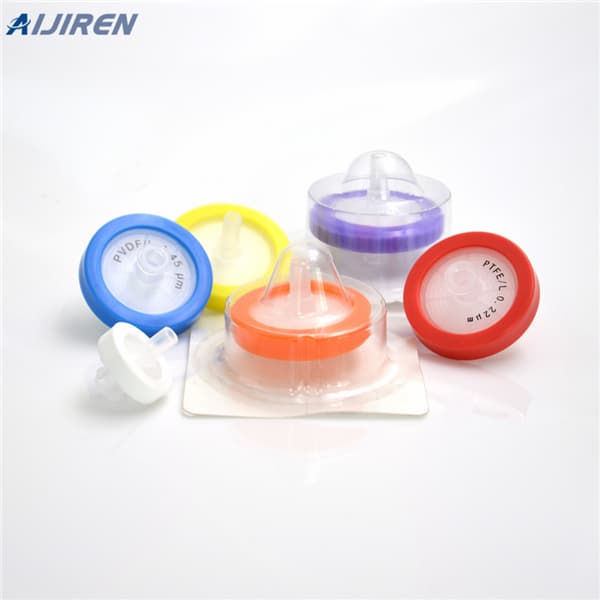
Directions. Recommended to use a canning jar – choose size based on amount of liquid culture needed. Prepare jar lid so it has ventilation and an injection port. Add ingredients to jar. Use magnetic stirrer. Cover lid with Foil. Pressure cook at 15 psi for 15-20 minutes. After it has completely cooled, inoculate with clean liquid culture or
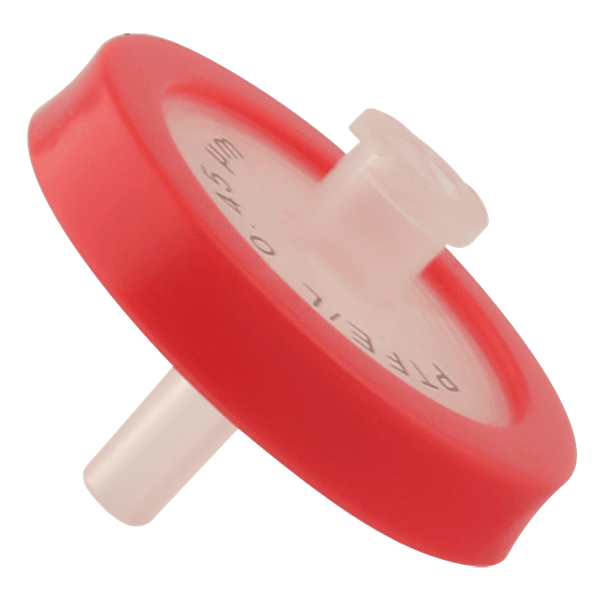
Dec 20, 2018 · (L-R): Sealing the autoclavable polypropylene grow bag after mixing in grain spawn to inoculate the sawdust substrate; organic rye grain inoculated with Pleurotus columbinus (Blue oyster mushroom) mycelium; heat-resistant sealant used for the syringe filter on a liquid culture canning jar.
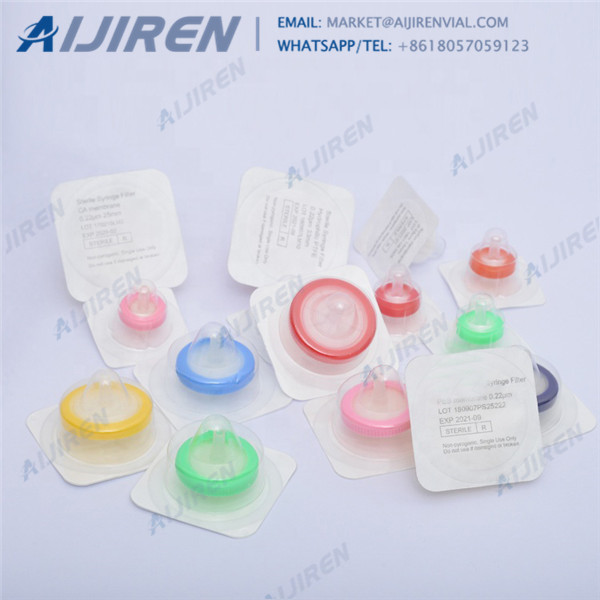
These are the syringe filters that replace the filters that come with our Liquid Culture Lid. Pore Size: 0.2 micron m Membrane Dia.: 25mm For Use With: liquids Autoclavable: Yes Max. Pressure: 7 Bar Outlet Connection: Male Luer Capacity: 0.6mL Housing Material: Polypropylene Inlet Connection: Female
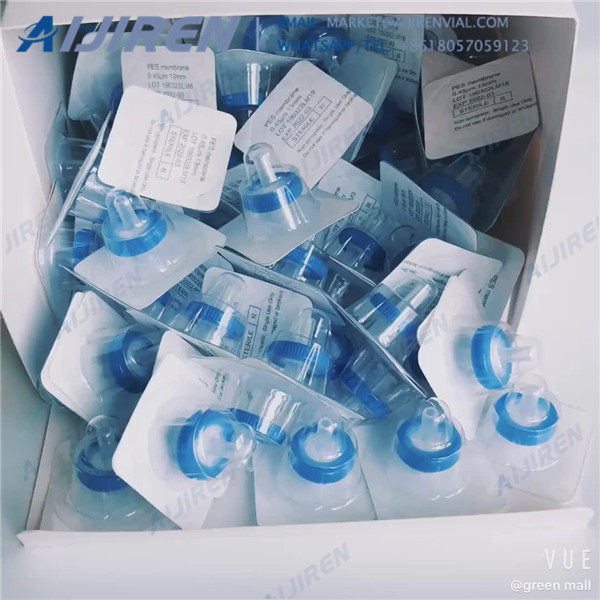
Mushroom Liquid Culture Syringe. LiquidFungi. 4.5 out of 5 stars. (560) $10.99. Add to Favorites. TWO 3lb Blocks with Injection Ports HernshawShrooms Sterilized Grow Block! GREAT YIELDS! Grow mushrooms from any spore!
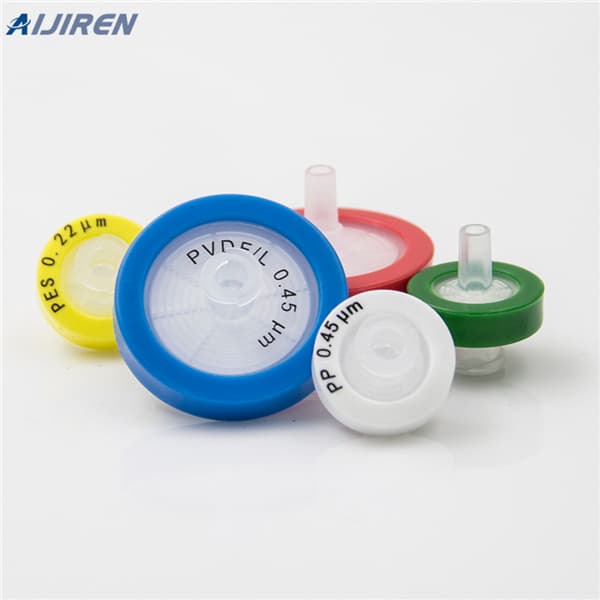
Autoclave safe. Ideal for liquid culture jar lids. Injection Port Specifications 5 x high quality self healing, butyl rubber stoppers, injection ports. Filter Specifications Filter area: 0.65cm.
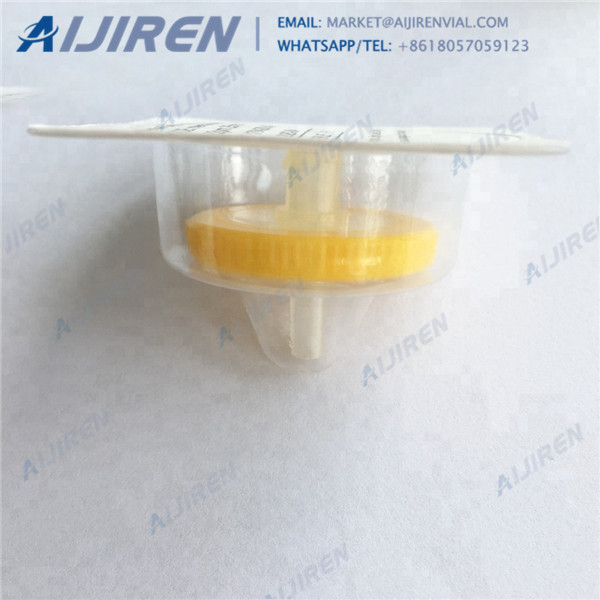
Wild Shaggy Mane Mushroom - Liquid mycelium syringe; $30.00. Polypropylene Jar Filter Discs 70mm wide; ... Mushroom Culture Bag Polypropylene, 0,2 microns patch;
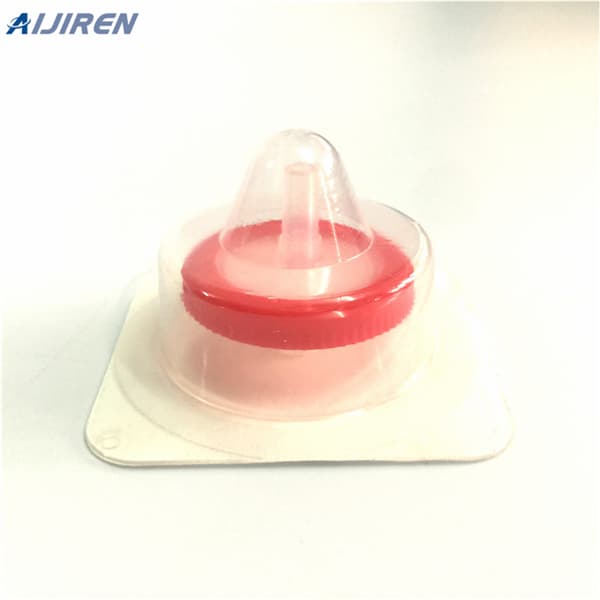
I use Ball plastic lids outfitted with red RTV sealant for injection sites, and Whatman polypropylene body syringe filters with PTFE filter membranes for GE. Please reply and share your results with what you have used to attach the plastic syringe filters to the plastic lids and how well it has worked for you.
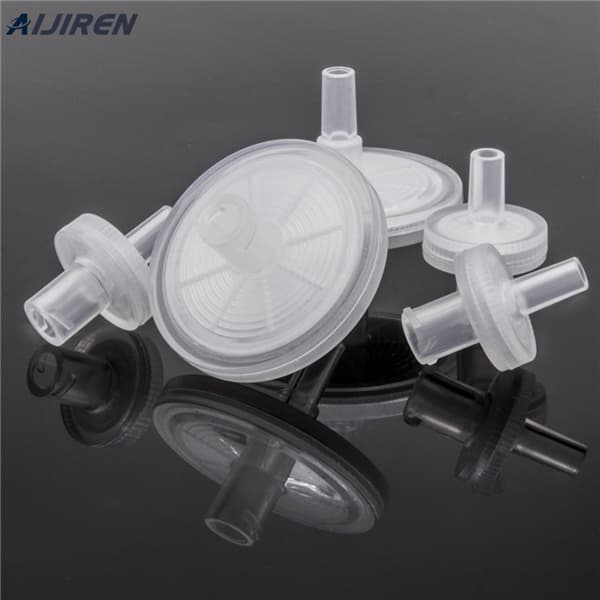
Jun 13, 2010 · The outer polypropylene housing is ok, it's just the borosilicate inner filter shrunk. The filter is still covering the filter holes, but extends only 2-3 mm out from the hub. N o b o d y e x i s t s o n p u r p o s e .
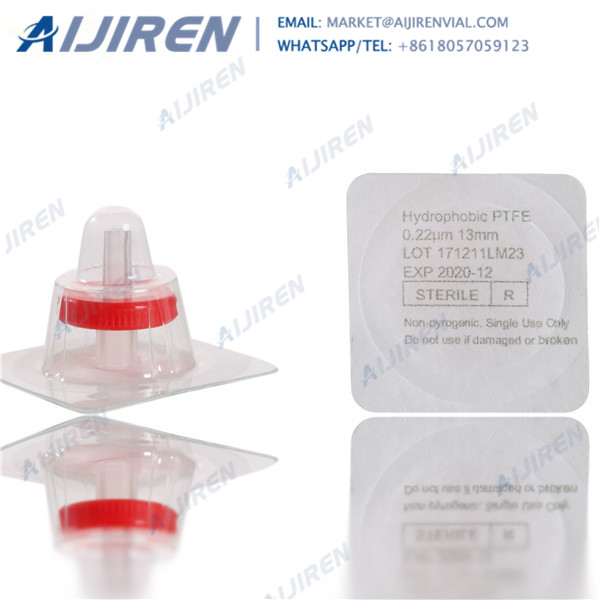
Sterile tissue culture-tested syringe filters are available in PES, regenerated cellulose, or surfactant-free cellulose acetate membranes in either polypropylene or acrylic copolymer housings. The larger 50 mm diameter disc filter has a PTFE membrane and polypropylene housing with hose barb connectors and is ideal for filtering aggressive
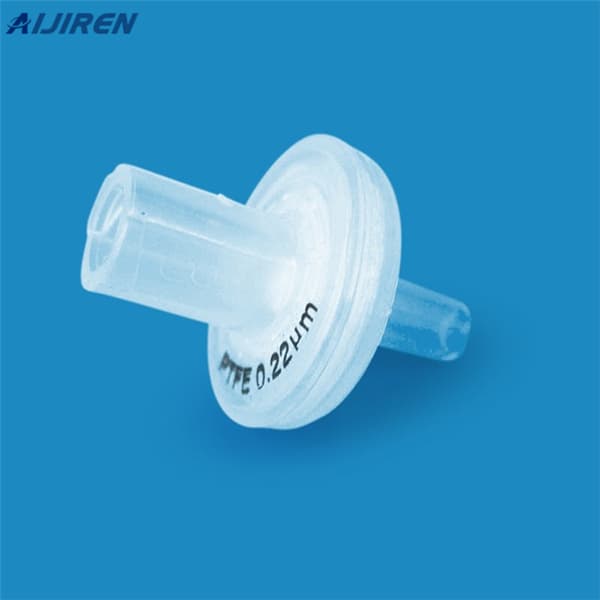
Color coded, durable polypropylene housing PES membrane offers the highest capacity, highest flow rate, and lowest protein/DNA binding available Use for pre-filtration and filtration of tissue culture media, protein solutions, buffers and additives. Luer lock design securely attaches filter housing to the syringe
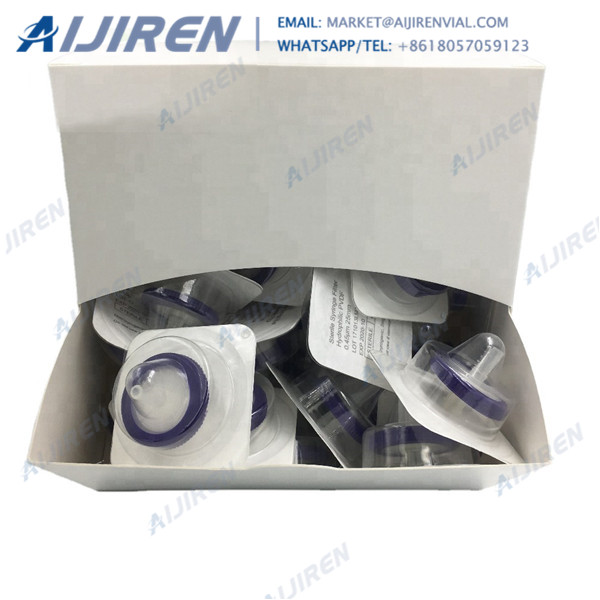
Mushroom Grow Bags. Grid view List view. Autoclavable Filter Patch Bags. 12 Products. Autoclavable Injection Port Bags. 1 Product. Non-Autoclavable Bags. 1 Product. Go to Top.
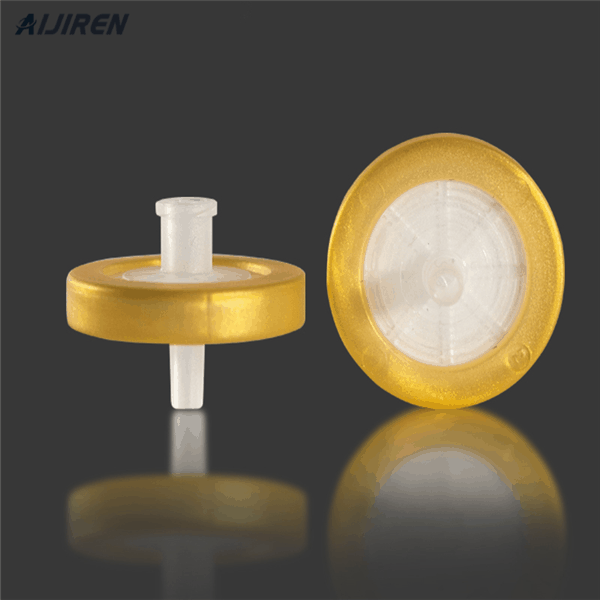
From rye berries, coconut coir bricks, cow manure and other mushroom substrate to mushroom growing bags, plastic jar lids, synthetic filter discs, and other mushroom equipment, all the mushroom grow tools and mycology equipment you need are available here at Myco Supply. Mushrooms and other fungi grow best when the correct tools and nutrients
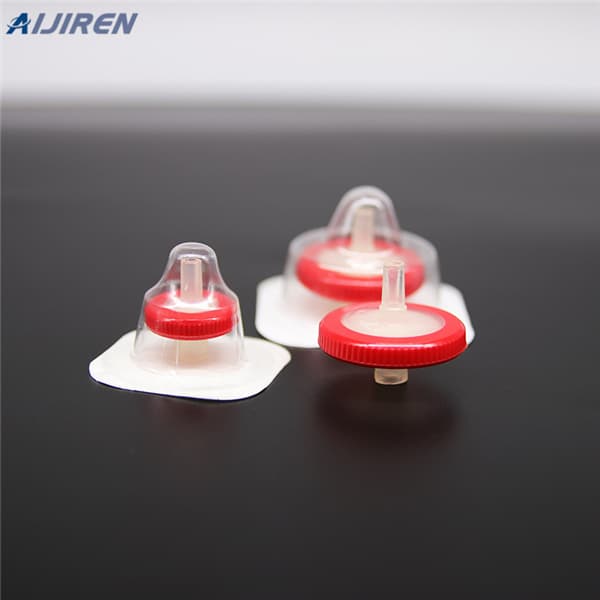
Mushroom liquid culture kit, includes liquid culture jar. Kit contents Culture flask (autoclave safe) Culture lid (with self sealing rubber port and filter) Easy to follow step by step instructions Anti-bacterial hand wipe Gloves (powder and latex free) Alcohol wipe Syringe with 18G 2" (extra long) Price: £16.99.
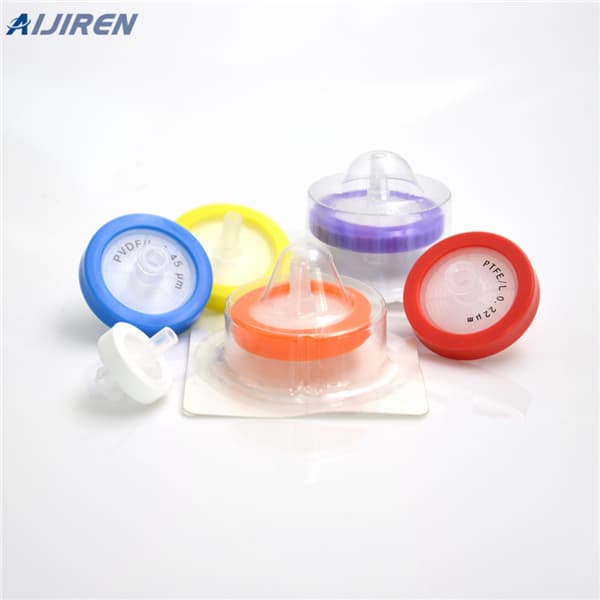
These are 13mm diameter 0.22µm porosity syringe filters with polypropylene housing with PTFE membrane/filter to withstand the high temperature of being autoclaved. They can be used with liquid culture lids to provide filtered air that is 100% contaminant free when extracting from a sealed media jar.

Solvent IFD’s all-polypropylene housing is sealed by a security ring. The filter includes fittings to accommodate 1/16”–1/8” tubing and an air vent on the inlet with luer lock cap to enable priming. The in-line filter works on the principle of "bubble point" – the point of pressure at which gases…